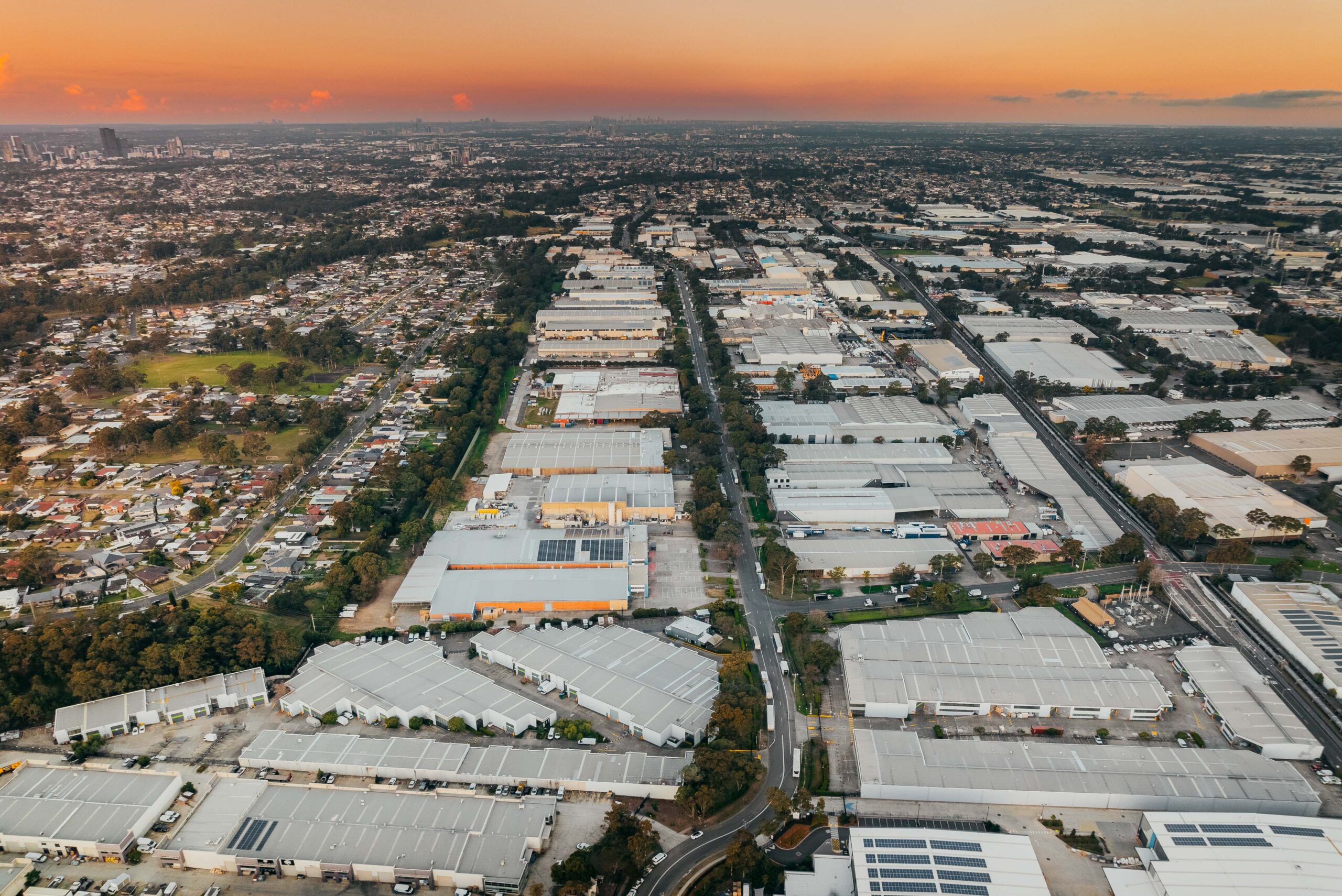Most Sydney residents would recognise that the city has changed significantly over the last 10 years. There are more people, more apartments, more congestion and of course exceptionally high housing costs. According to the ABS, Sydney’s population has grown by 17%, total housing stock has grown by 13%, and average household incomes have grown by 23% over this period. Trying to fit more people in fewer houses but with increased capacity to pay means that house prices have skyrocketed – up by 90% over the same period spurred on also by record low interest rates. A decade ago Sydney’s planners were intent on pushing growth into the existing urban areas and to some extent they have achieved this. About 56% of the growth in housing over the 10 years has been in attached dwellings with the rest in detached housing typically in new urban areas. Expanding urban areas however means more people travel further to places of employment. The result is that Sydney like many cities of a similar scale is increasingly becoming more congested. Improvements in roads and infrastructure is only just starting to be delivered. The next 10 years will however see a more significant shift in the City. Sydney’s new Greater Sydney Commission is preparing Sydney for the next wave of change – the creation of three separate cities; the Eastern City – with Sydney CBD as its focus, the Central City with Parramatta as its focus, and the Western City with the Western Sydney airport as its focus. The three cities are each being supported by a record $87bn of infrastructure works. The current projects (& links) include; West Connex Motorway – $16.8bn Sydney North Metro – $5.2bn Sydney South West Metro – $12.5bn Sydney West Metro – $12.5bn F6 Extension – $14.5bn Parramatta Light Rail – Stage 1 – $3.5bn Parramatta Light Rail – Stage 2 Sydney Light Rail – $2.2bn North Connex – M1-M2 Motorway Link – $3bn Western Harbour Tunnel & Northern Beaches Link – $14bn Western Sydney Airport – $5.3bn Western Sydney Rail – $7bn Northern Road expansion – $3.6bn F12 Motorway Understanding of each of these infrastructure projects in Sydney and the key drivers for business and commerce in each of the three cities is key to understanding the future property investment options across the region. CMA uses these planning and infrastructure tools along with the transaction activity data it gains from RE-Intel to help identify value gaps and areas of future opportunity. At present CMA favours; industrial assets in central Sydney (orange area) where re-use can yield higher and better outcomes, long WALE A Grade commercial assets at below replacement cost in the eastern Sydney (blue areas), industrial development sites in strategic areas of western Sydney (yellow areas), residential development assets at the fringe of the eastern Sydney region for investment (ie build to rent) and residential development assets in strategic parts of central and eastern Sydney. . Click here to read Part 2 of our Report






